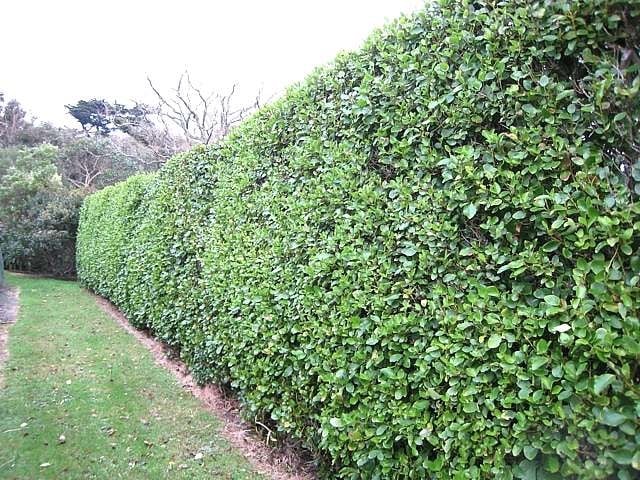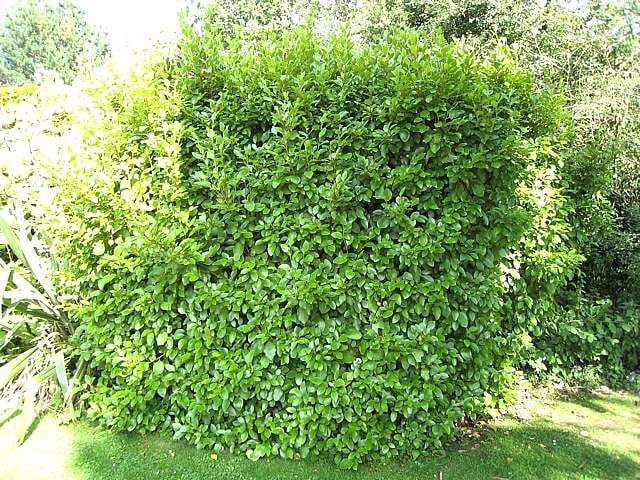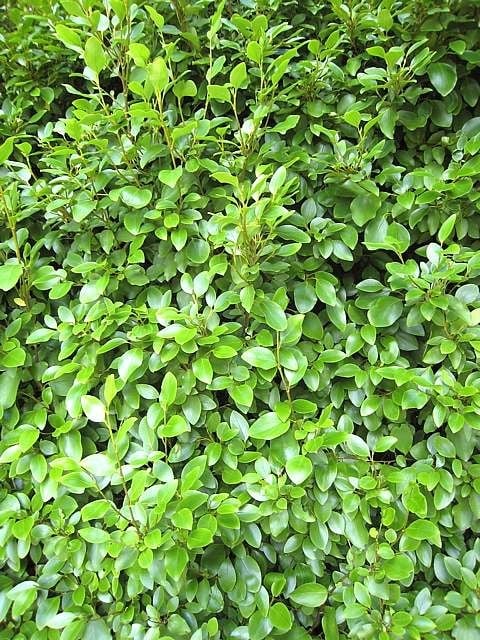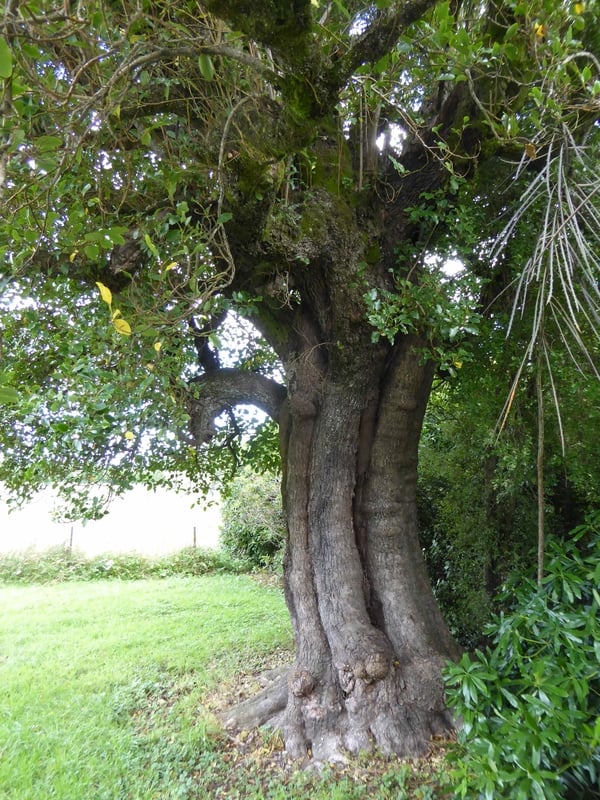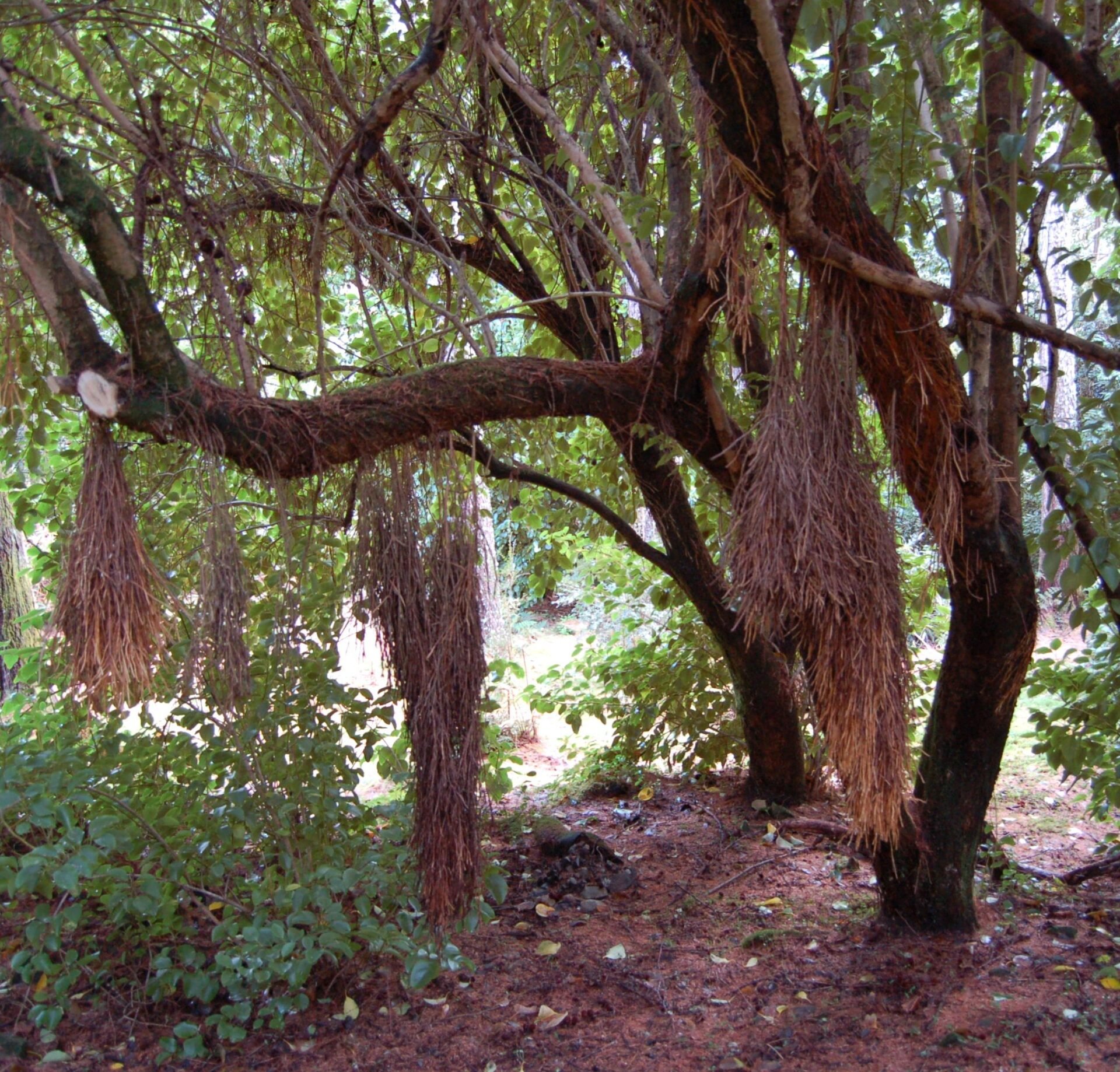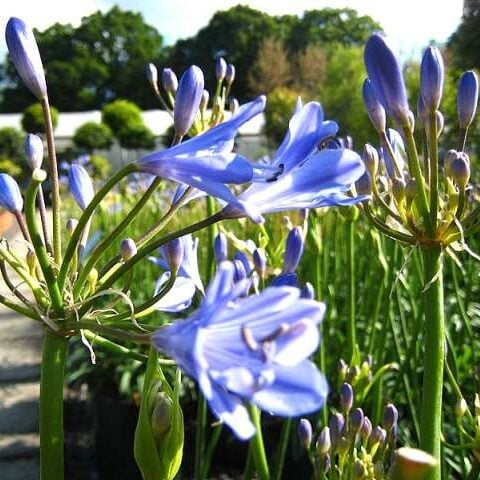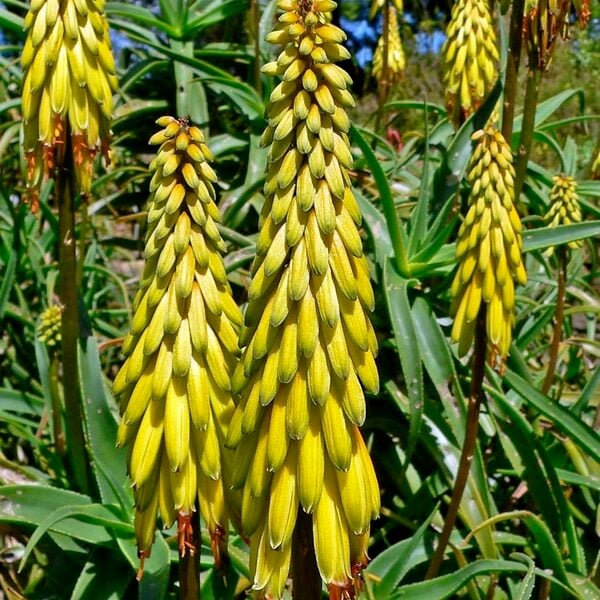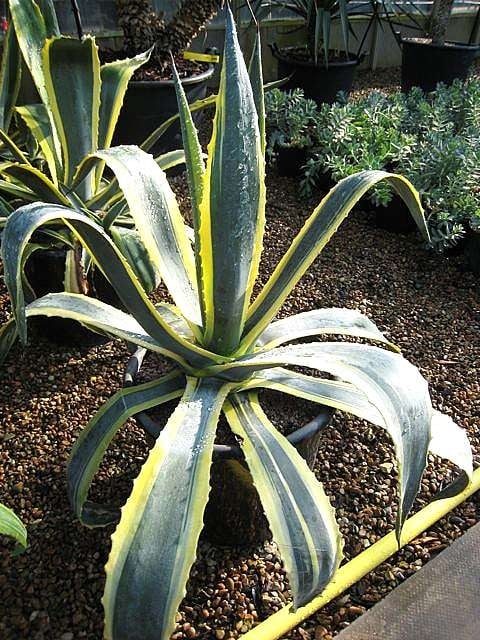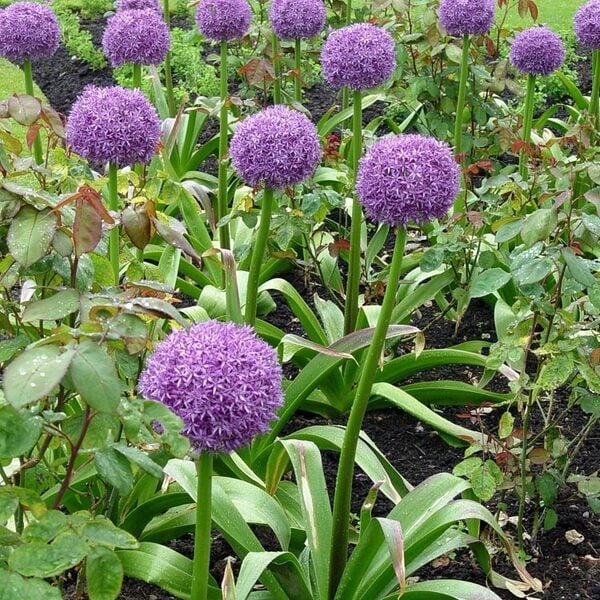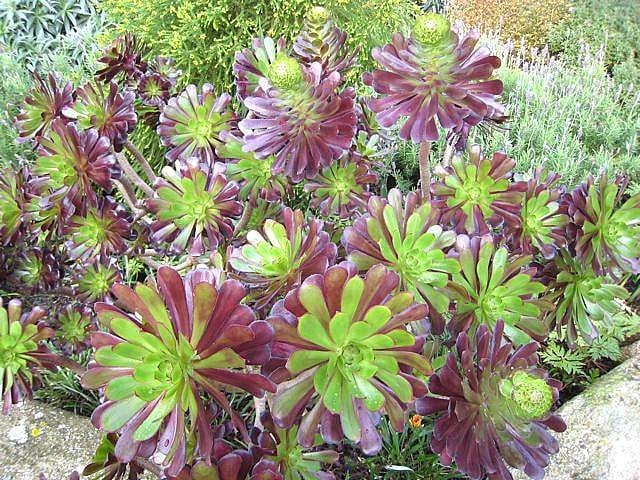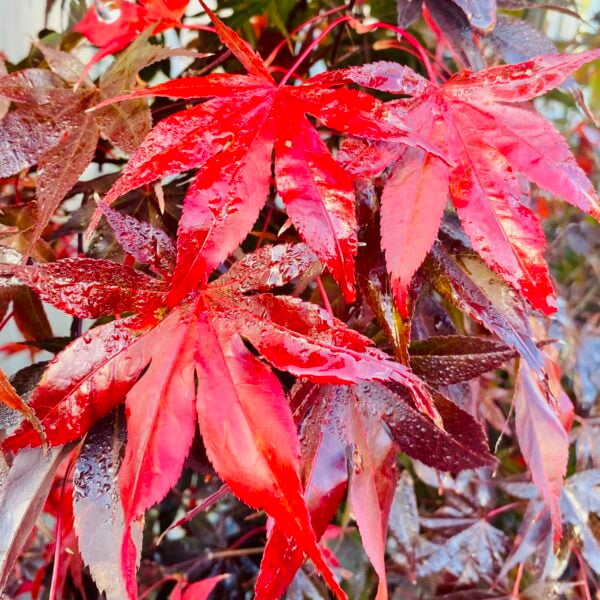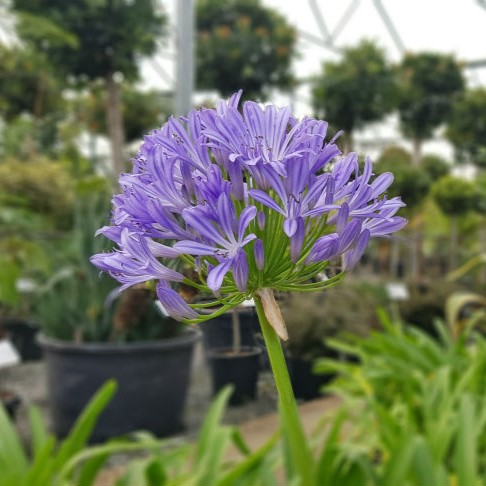Griselinia littoralis (Kapuka)
Familiar seaside hedge with its apple green evergreen leaves. Can be grown into a shapely little tree. A salt resistant plant. To 15ft in 15 years. Please contact us for stock availability and sizes.

Hardiness level Amber
A little evergreen tree from New Zealand that in this country is often used as a hedge by the seaside as it's noted for its ability to tolerate salty winds and it clips well. The littoral (as in Griselinia littoralis) is an area next to water - be it lake, river or sea but in this case it grows near the sea in New Zealand. It's also famous for the pale apple green shade of leaf which is highly unusual. In inland gardens that are prone to late frosts, the young growth will sometimes be blackened by the frost but it recovers quickly and has no bearing on the general hardiness of the plant.
Very occasionally, you'll see it growing as a tree and this is how it excels. Lovely flaky bark, shapely and always responding well to a light going over with a pair of shears if you're that way inclined. The original cuttings we took from a nice little tree (in 1989) in the grotto garden at what is now South Lodge Hotel in West Sussex but it wasn't until I found one growing in the woods at Portmeirion in North Wales that I realised the full potential of this tree. It was 30ft tall but very wide - 60ft or more but what was really unusual (I never realised they did this) is the whole tree was festooned with hanging aerial roots, no doubt encouraged by the humidity of the sea and being in an area of high rainfall. The tree was probably planted in the late 19th century when the original house (now the Portmeirion Hotel) was built. After 20 years absence, I visited Portmeirion again in 2014 and went to see the tree but sadly, it was gone. It was above Whitesands Bay and probably succumbed to a storm. The only other tree in the British Isles that I've seen producing aerial roots to this extent are the New Zealand Christmas trees (Pohutukawa or Metrosideros tomentosa) in the Tresco Abbey Garden in the Scilly Isles. The two pictures of the large specimen (the second biggest I've seen after the Portmeirion specimen) is near Mt Hutt in South Island, New Zealand.
However, more recently the Head Gardener of 24 years at NTS Arduaine Garden, south of Oban was kind enough to tell us about a number of very large Griselinia littoralis, some of which are probably 40ft tall and 60ft wide. Many of them have wonderful aerial roots seen in the picture kindly supplied by him.
The flowers are small green and unexciting. Growth is typically about 6ft after 5 years. Its close relative Griselinia lucida is too tender to grow in this country but it's tantalising to know that this plant grows epiphytically in its native New Zealand. Would Griselinia littoralis do the same? We will be experimenting...
Although this plant is suited to coastal gardens because of its salt resistance, it's not suitable to go right by the sea. It's not as salt resistant as Tamarix, Euonymous japonica and Elaeagnus ebbingei.
Severe frost (-4°c or below) will give the leaves a glazed, pendulous look. It can look terminal but it's not. They recover wonderfully well as soon as the temperature rises.
Propagated by cuttings. The original material came from a nice little tree in the grounds of South Lodge Hotel in West Sussex.
N.B. When clipping several plants with the same tool, have a bucket containing a 5% bleach solution and swish your blades around for 30 seconds between plants to sterilise them. This will help avoid the chance of cross contamination of disease.
As with all woody plants, plant high, exposing as much of the taper at the base of the trunk as possible. Allowing soil to accumulate round the base of a tree can be fatal. Keep very well watered when first planted.
Additional Information |
|
|---|---|
| Soil Type | |
| Light | |
| Plant Type | Evergreen, Grown by Us, Hedges, Screening Plants, Shrubs, Trees |
| Continent of Origin | |
| Specialist Plants | |
| Tree Size | |
| Situation | Coastal, Exposed (To wind and sun), Mild City Gardens, Plants for Pots, Seaside, Sheltered Garden |
| Hardiness | |




